Designing MVPs for Enterprise Customers
Hi!


Original Agile India conference organizer
What do I do?
Product lead

Energy Management Software

Energy Utilities

Commercial buildings

Smart meter data

Archive and aggregate

Analyze

Measure and verify savings

Identify anomalies

Educate occupants and the public

Make the world a better place



Not just electricity...
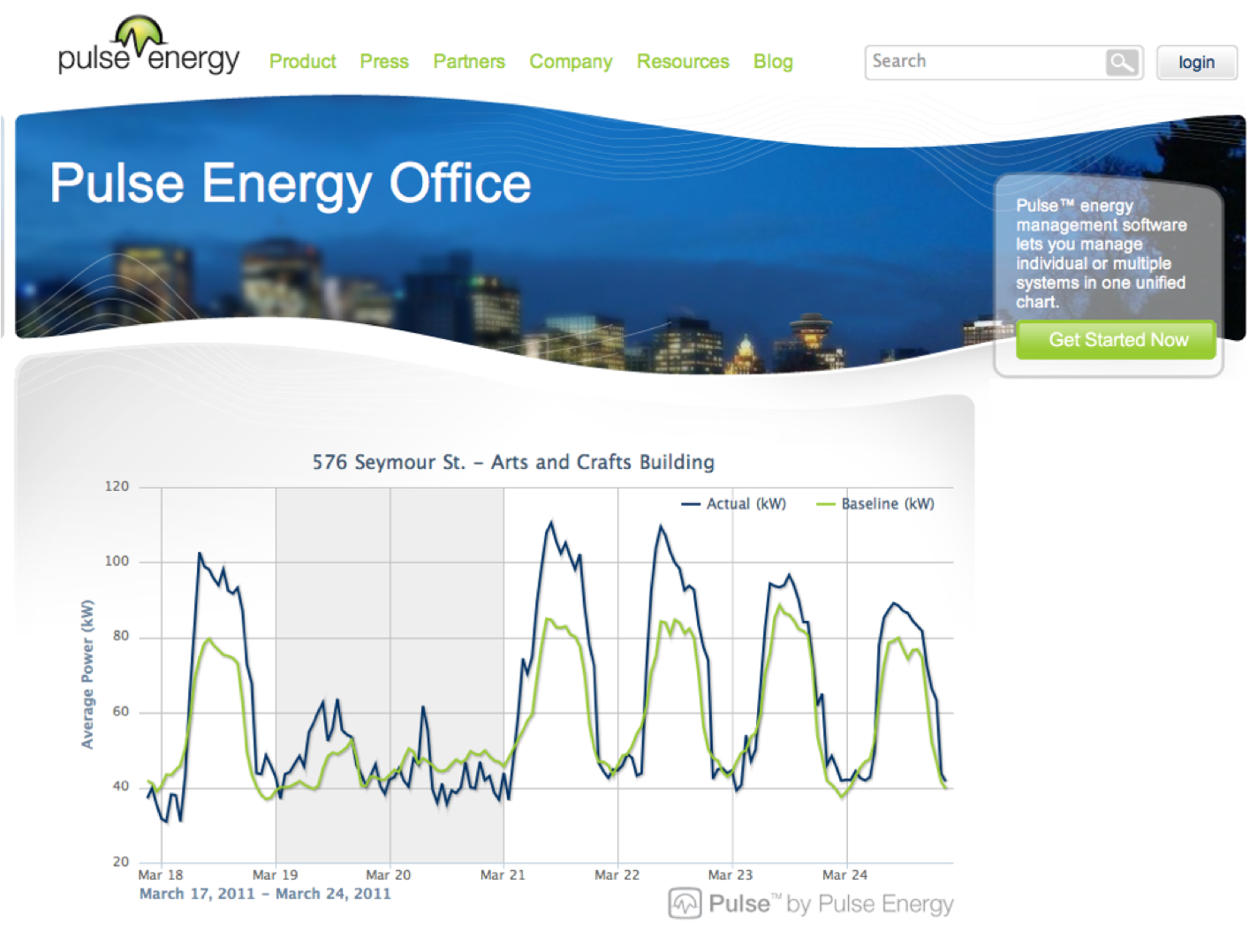
Walk the talk

Poll
The Context

Product development landscape has shifted

Development is no longer the constraint

Biggest risk is no longer: Can we build it?
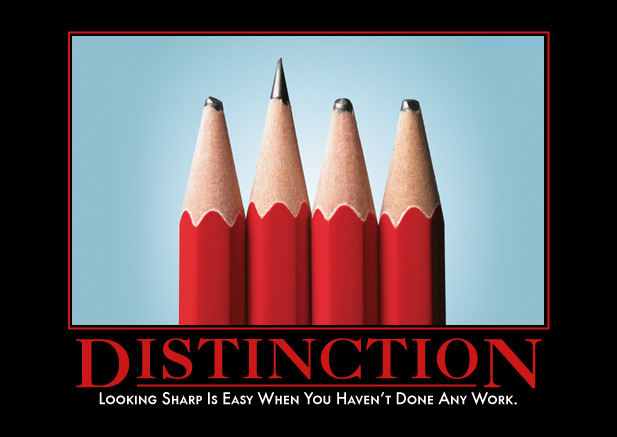
It is: Will anyone care?

Marketplace is flooded with great products
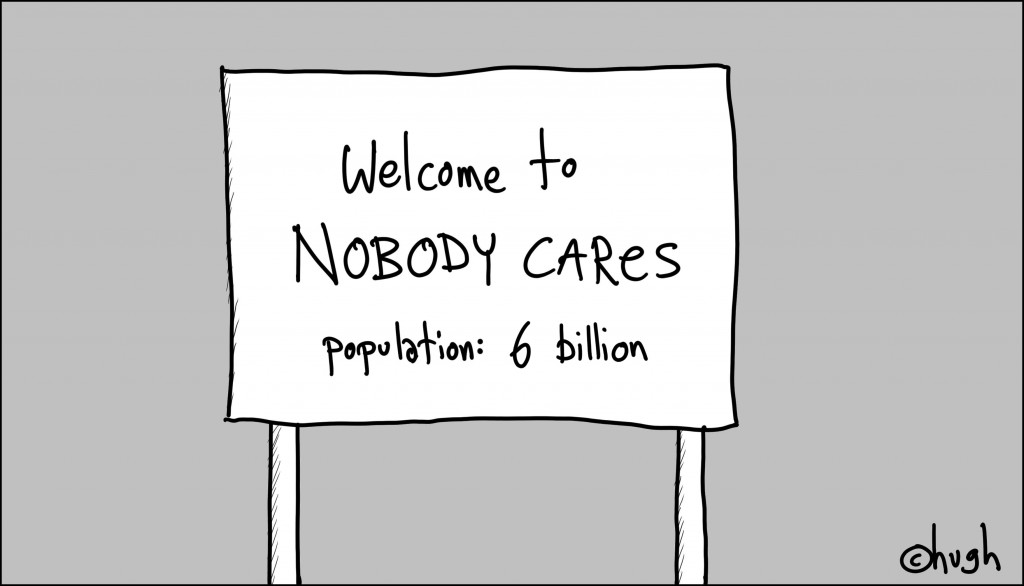
That nobody uses
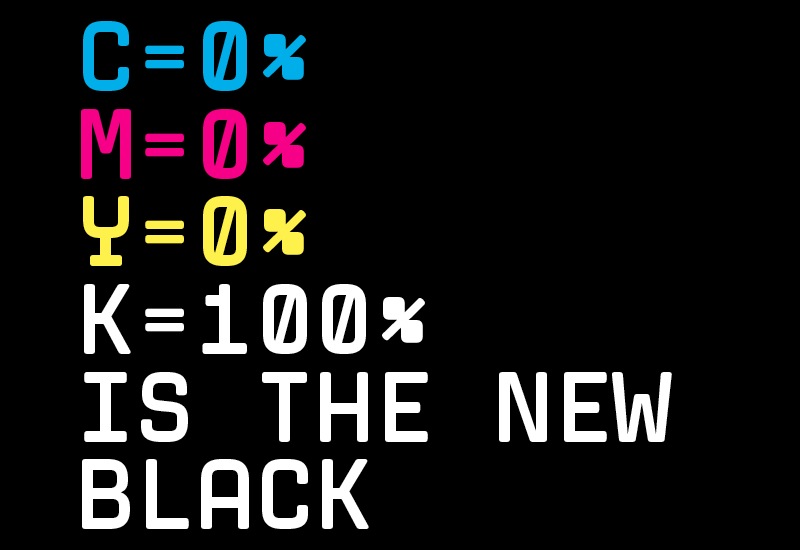
Product design is the new black

Design thinking

Building software is a constrained problem

Designing a product is wide open

Explore the design space as quickly as possible

Tackle this risk directly
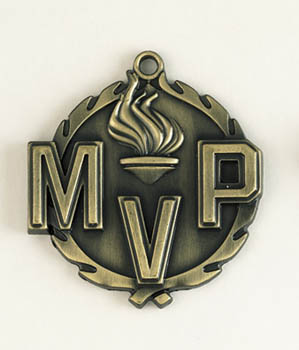
Minimal Viable Product (MVP)
What is an MVP?
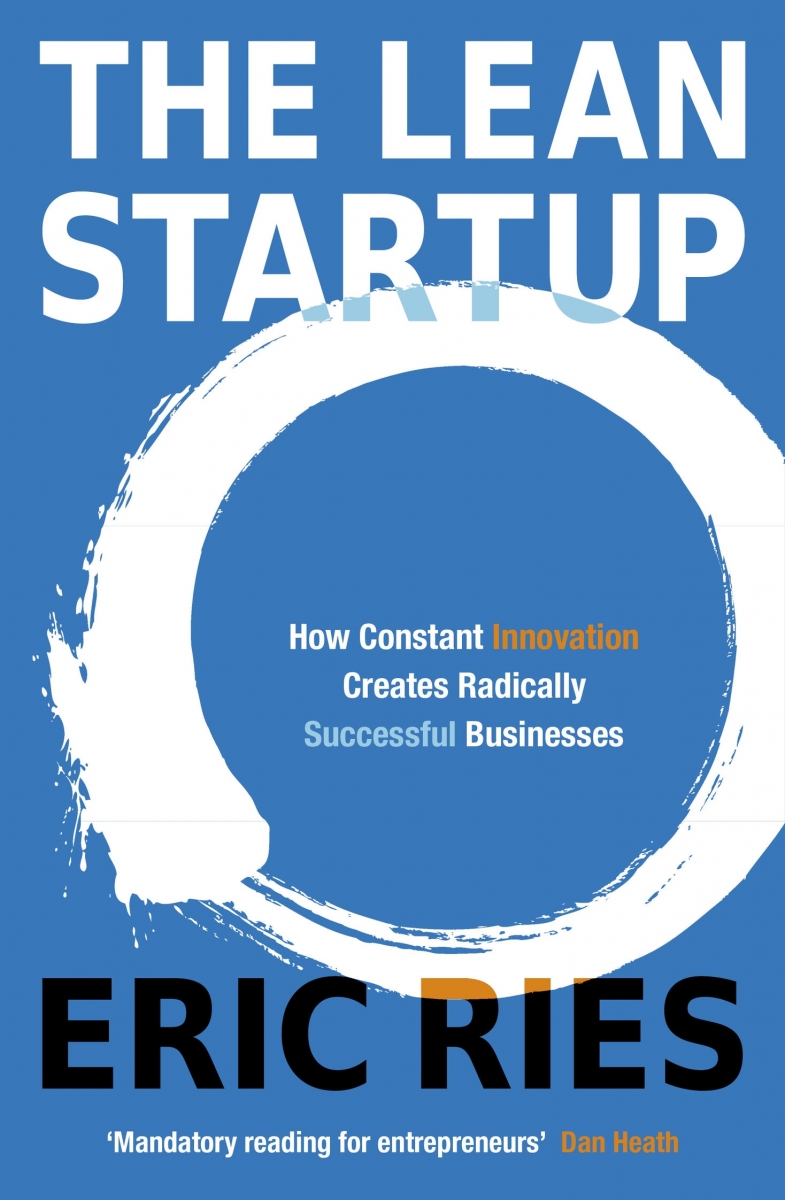
An MVP helps entrepreneurs start the process of learning as quickly as possible

Groupon Wordpress blog
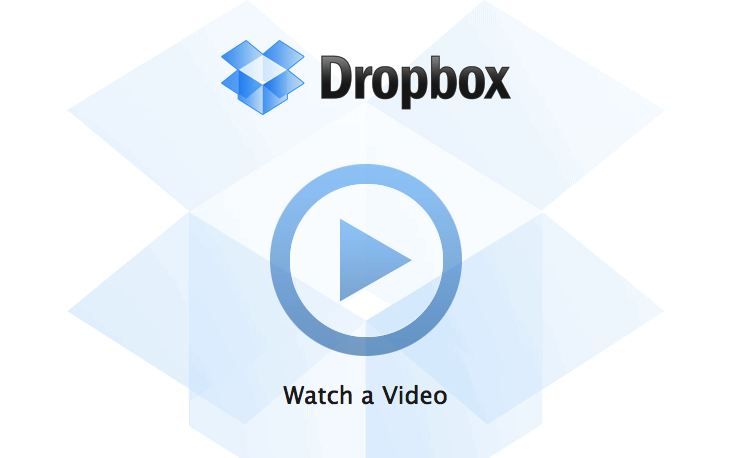
Dropbox video
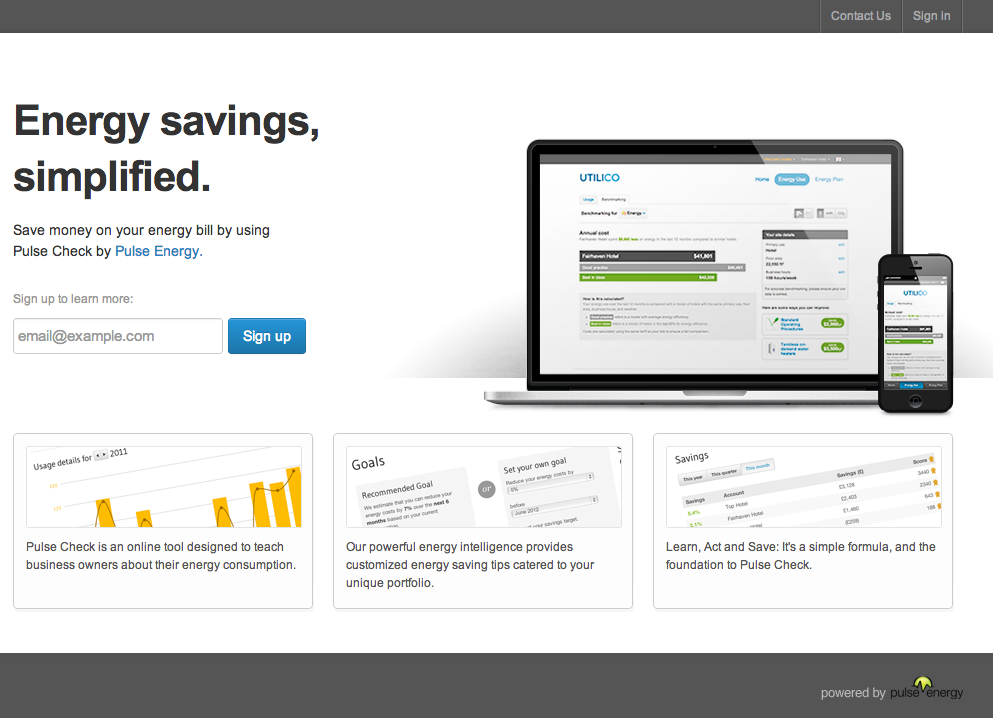
Landing page

Examples mainly from the consumer product space

Selling to enterprises is different
B2C vs B2B
Deal size
- B2C: $ - $,$$$
- B2B: $,$$$ - $,$$$,$$$
Sales process
- B2C: self-service
- B2B: sales representatives
Risks
- B2C: low
- B2B: high
Decision maker
- B2C: buyer and consumer are usually the same person
- B2B: buyer and consumer are usually different people
Decision-making process
- B2C: consumer research
- B2B: Request for Proposal (RFP)
What does an Enterprise MVP look like?

Table stakes: what's needed to start learning process?

More than a landing page

Step 1: The Pitch
The Pitch
- Product vision
- Sales collateral
- Trained sales staff

Goal: validate product concept

Step 2: The Demo
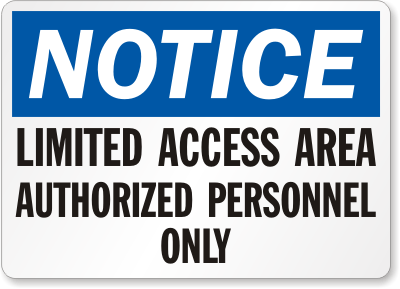
Step 3: Limited-access account

Goal: close the deal

Problem: MVP without a product
Enterprise MVP: Approach
A 5 step program
1. Start with fixed, known constraints
2. Defer commitment on everything else
3. Leverage external products and services wherever possible
4. Start simple and iterate quickly
5. Focus on telling a compelling story
Enterprise MVP: Example
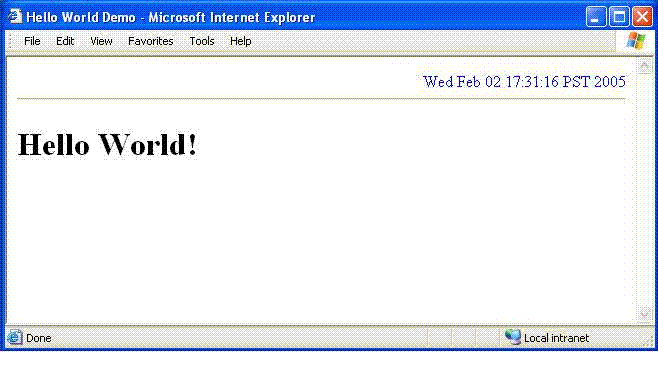
Fixed constraint: Our product is a web application
(for us, even this turned out to be invalid)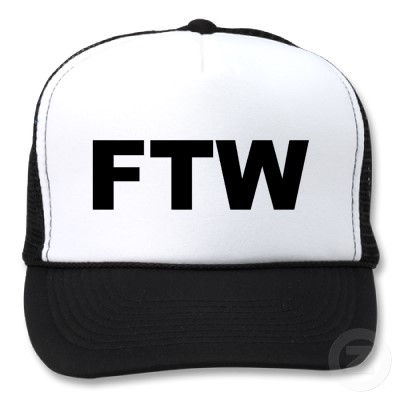
Foundation: Static, single page web application (SPA)
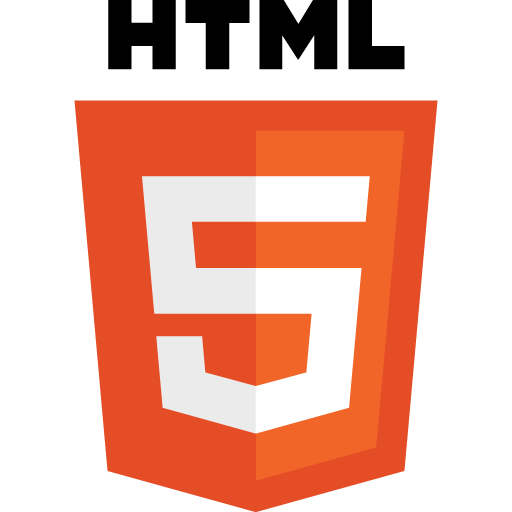
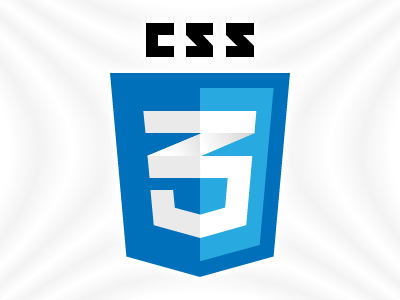

Tools: HTML, CSS + Javascript
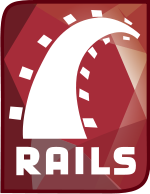


Defer commitment: No back-end required
(3 months, 30+ demos without back-end)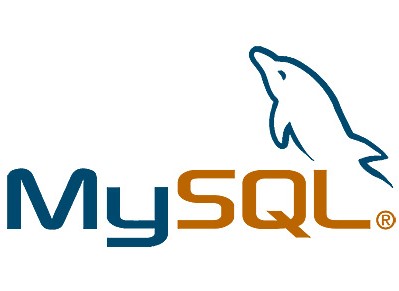
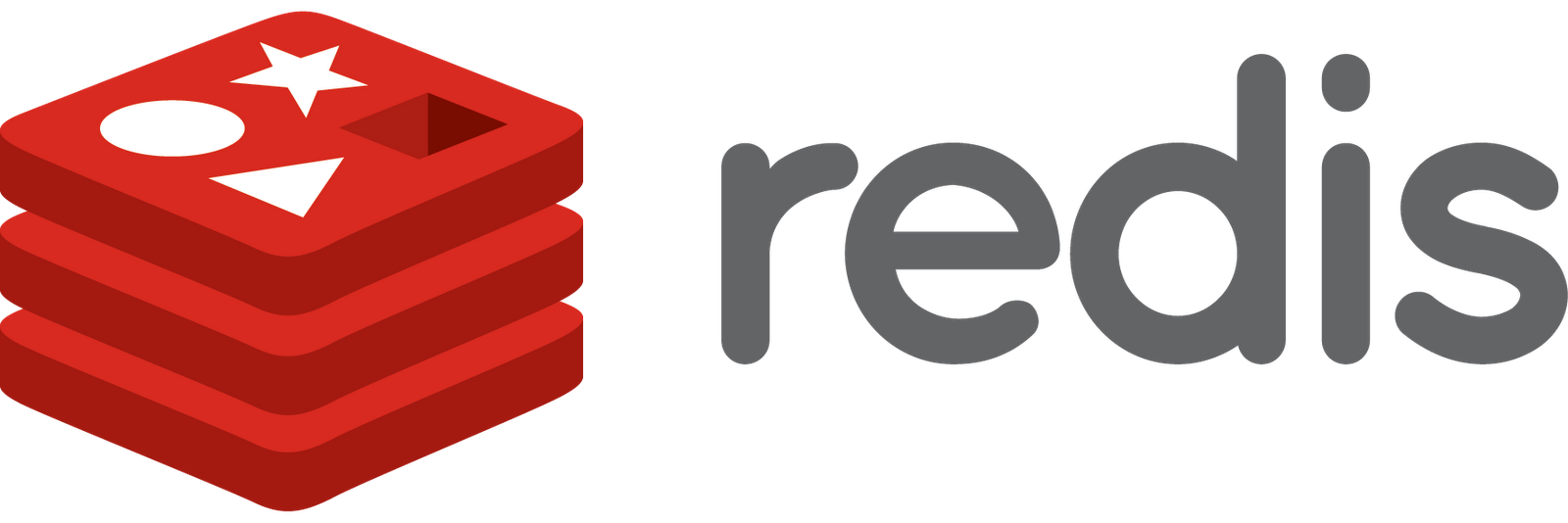
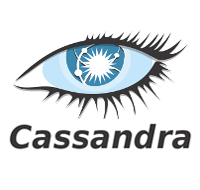
Defer commitment: Hard-coded data


Leverage: Web application frameworks

Leverage: Hosting


Leverage: Web services
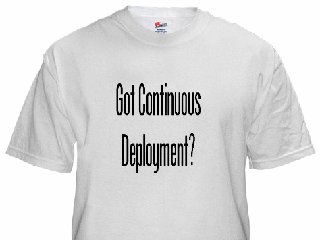
Iterate quickly: Continuous Deployment
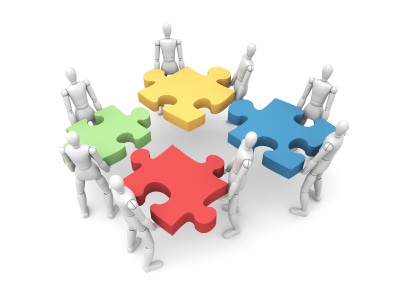
Iterate quickly: Cross-functional teams

Iterate quickly: Direct feedback

Compelling story: User journey
(like user stories only better)
Personas that really work

Focus on workflow - not features

Static site illusion
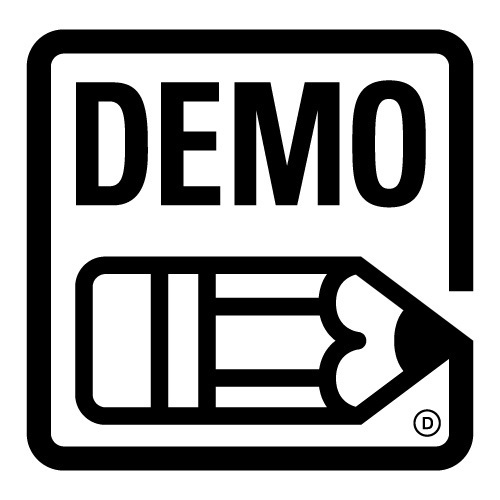
Demo-driven development™
(reclaiming the term)
Demonstrability is a first-class concern

Not bolted on later

Resetability

Service orientation
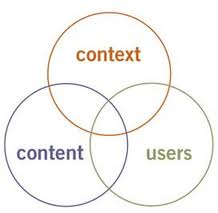
User focused design

Focus on speed

Polyglot (growth mindset)
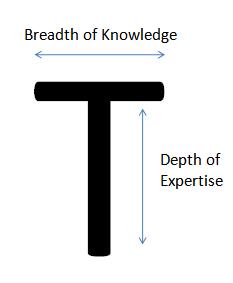
T-shaped people
Enterprise MVPs: Key Value Hypotheses
- Will customers buy our product?
(Purchase assumption) - Will users find the product to be valuable?
(Value assumption)
Purchase assumption
- More immediate
- Simpler
Value assumption
- Ultimately more important
- Harder

Customer perception of user value != Real user value
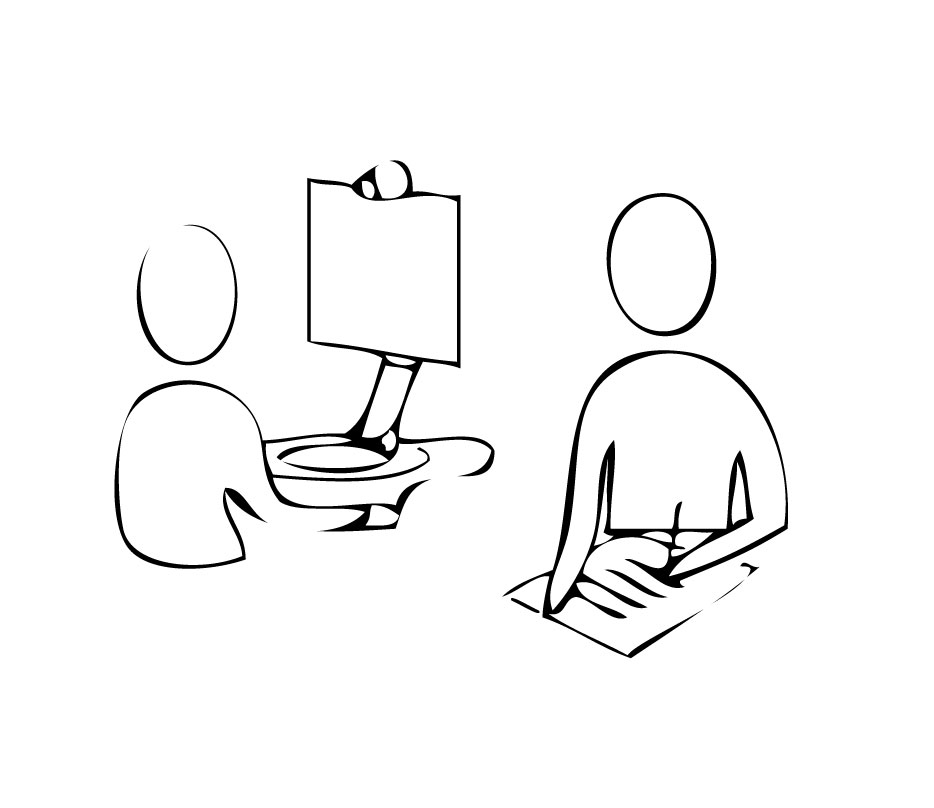
Simultaneous user testing

Small pilots
Summary
Test both Purchase and Value assumption
Follow the 5 steps to designing an Enterprise MVP
- Start with fixed, known constraints
- Defer commitment on everything else
- Leverage external products and services wherever possible
- Start simple and iterate quickly
- Focus on telling a compelling story